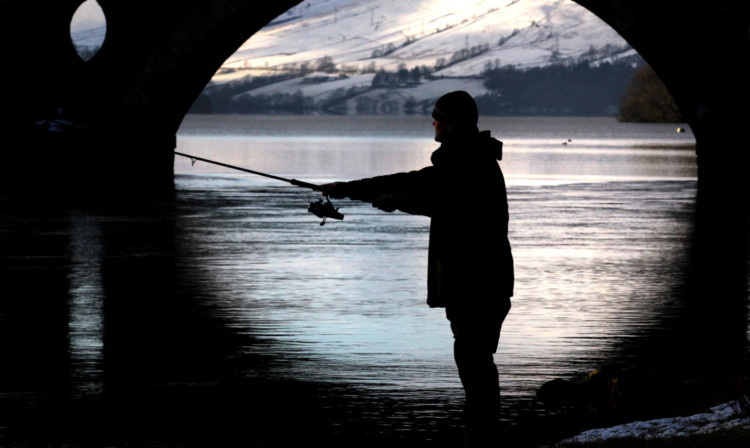Experts are calling for anglers and net fishermen to refrain from killing their catches before mid-May.
The radical move has been suggested by the Association of Salmon Fishery Boards (ASFB) to protect vulnerable breeding stock returning to spawn in Scottish rivers.
The call has been made just days before the salmon fishing season opens on the Tay.
Alasdair Laing, chairman of ASFB, said: “Numbers of returning adults are so low that some stocks of spring salmon are close to, or below, being self-sustaining. The earliest running fish are the most vulnerable.
“It is a well-established management principle that breeding fish should not be killed where a stock is threatened or vulnerable.
“On that basis, it is the ASFB recommendation that no fish should be killed before May 15.”
He added that boards managing individual river systems could choose to extend the no-kill period if they wished.
“Where local evidence demonstrates that additional protection is required, District Salmon Fishery Boards (DSFBs) may wish to maintain a zero exploitation policy for a longer period,” he added.
“Over recent years very high levels of catch and release have been achieved during the spring, largely through voluntary policies.”
